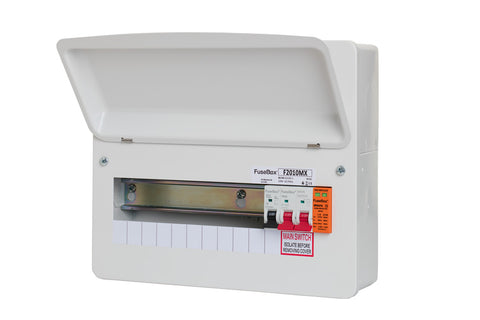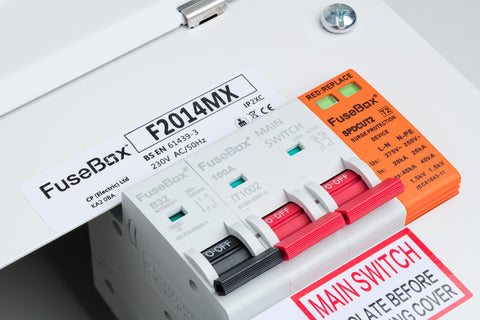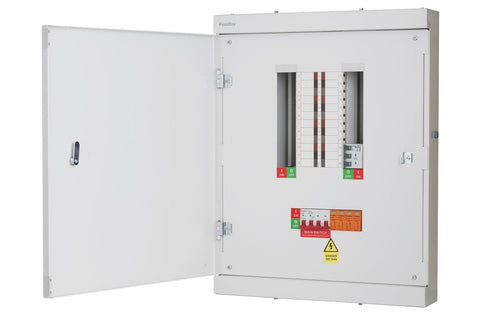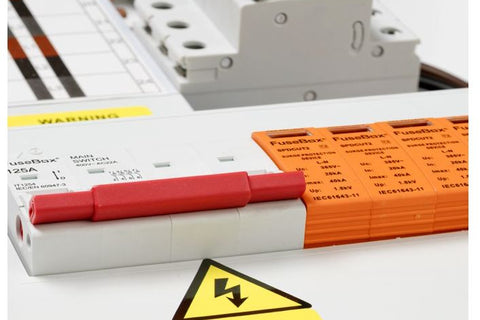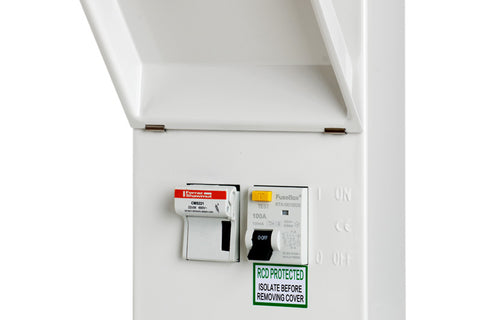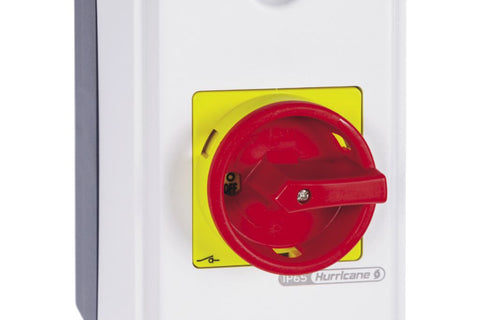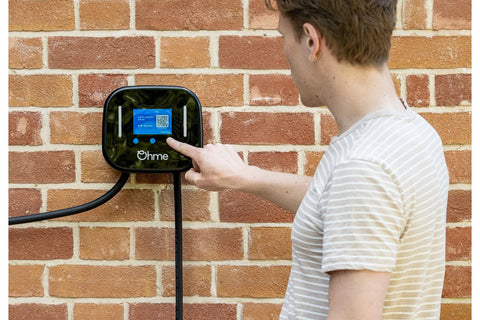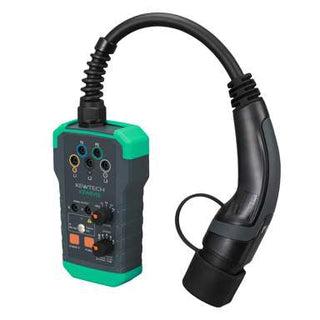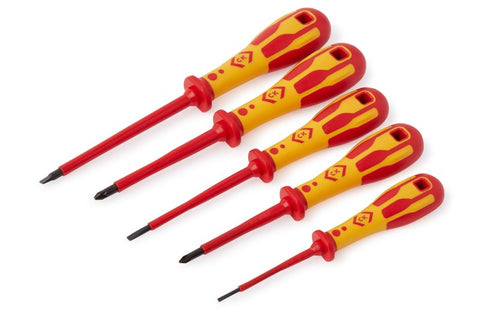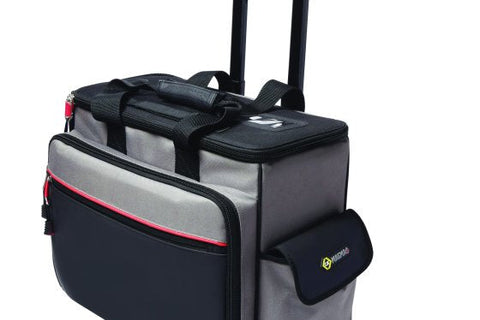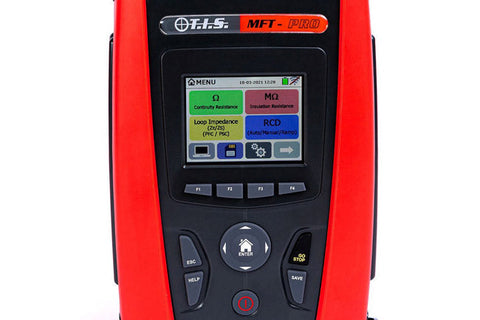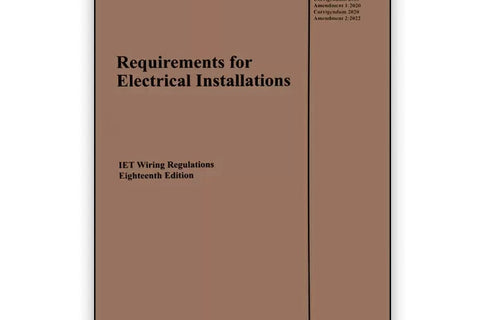RCBO's - The Ultimate Guide
RCBO
RCBO stands for 'Residual Current Breaker with Over-Current'. This type of consumer unit 'breaker' combines both the functionalities of an MCB and an RCD. Effectively an RCBO is a versatile, useful device that keeps yourself and your home safe. An RCBO protects individual circuits this gives you even more freedom when planning out your consumer unit install.

When to use an RCBO
In July 2008, the 17th edition wiring regulations were published, this stated that all circuits must be protected from earth leakage. This was put in place to significantly reduce the number of injuries caused by electric shock. In the majority of domestic homes, this is achieved by the use of an RCD which protects a bank of MCB circuits simultaneously.
Using a dual rcd consumer unit is a cost effective and still a popular solution, although over the last few years their popularity has been falling. Going this way does have a considerable drawback as an earth leakage fault on one of the circuits will knock out the power to all the other circuits on that RCD. Leaving you in the dark when it may only be a fault on your kitchen sockets!
The fault described above is better known as nuisance tripping. Let's use the same example to show why using RCBO's eliminates nuisance tripping. Your kitchen sockets have a fault, when using an RCD solution all circuits will cut off and these circuits being shut off unnecessarily could include your fridge/freezer.
On the other hand, if you have an RCBO consumer unit installed, the RCBO's combines the functionality of both an RCD and MCB. This means if you do have a fault only that individual circuit will shut off, and the other will remain working like normal.
How does a RCBO combine the two?
The MCB can only detect current overloads, and the RCD/RCCB can only detect current leakages. The RCBO can detect both, making it a great choice when installing a wiring system as it will protect the circuit and the resident from electrical accidents.
